Deep river, my home is over Jordan
Deep river, Lord, I want to cross over into campground.
— Traditional Negro Spiritual
As we inevitably traverse the 50th anniversary of the ’60s (said the razor-sharp statistics major), we’re going to see an acceleration of active discussions of issues that, buried since World War II, broke through the calm façade of American culture in that tumultuous time.
So far we’ve been alluding this winter to the great days of Tiger basketball in 1965, and Princeton’s first attempt to save the NCAA tournament from itself, featuring Bill Bradley ’65 and Butch van Breda Kolff ’45. The dramatic follow-up No. 16 vs. No. 1 contest against Georgetown would take place 24 years later, with VBK’s student Pete Carril at the helm in the game that gave Cinderella a reprieve from stepmother purgatory and made the tournament a billion-dollar enterprise.
But to be honest, there’s another headline image that recently has dominated my attention, recalling exactly the same time in much more muted and complex tones, and it’s one you’ve seen as well. The face-off of civil-rights demonstrators, including seven clergymen from the Princeton area and professors Malcolm Diamond and George Field *55, against the inhumanly brutal power structure of Selma, Ala., took place on the Edmund Pettus Bridge March 7, 1965, the day before the NCAA tournament started. The picture replaying in my head is that of the tribute marchers on March 7, 2015, including Congressman John Lewis, who had been seriously injured there beside Martin Luther King 50 years before, and beside him Michelle Robinson Obama ’85, whose niece Leslie Robinson ’18 is a freshman on this year’s magnificent March Madness Tiger entry. Behind the first lady is her friend Terri Sewell ’86, a Selma native and the first black congresswoman from Alabama.
In 1965, Princeton had no women undergrads.
In 1965, Princeton had 12 black students, eight of whom were freshmen, as Carl Fields , hired a year earlier as assistant director of student aid, began his efforts to create a viable minority community.
But ideas on the campus were beginning to stir.
One undergraduate voice was Landon Y. Jones ’66 – Lanny to everyone – eventually to become editor of PAW, groundbreaking editor of People and Money, and historian, but then a junior and the associate editorial chair of the Prince. Two days after the hideous news images from Selma, he wrote on the editorial page: “ Student protests do serve a purpose. It is now the duty of demonstrators at Princeton to transform the urge to do something into concrete, long-range action. As Professor Arno Mayer put it … : "We’d be better to do less feeling and more thinking.’ ”
The thinking had in fact begun the prior summer, when a group from the townwide Princeton Association for Human Rights established the Princeton Freedom Center to raise funds and coordinate participation in the Summer of Freedom in Mississippi, registering voters and working with local civil-rights groups. Four community members and 17 Princeton students had gone South, into a tense and unsettling experience that included the arrest of four Princetonians and the “Mississippi Burning” killings; one of the murdered men’s parents spoke in Alexander Hall in September 1964, and President Bob Goheen ’40 *48 sent a message of encouragement to the gathering. Some students had stayed in the South that fall to continue the work.
Ten days following the confrontation at the Pettus Bridge, Sen. Mike Mansfield introduced the Voting Rights Act of 1965 on the Senate floor. It passed on Aug. 6; by then, political unrest was widening in Princeton. The Princeton Freedom Center began to concern itself with the newly expanding Vietnam conflict, and an exploratory group formed on campus to see whether it could get a chapter of the Students for a Democratic Society (SDS) up and running. In November 1965, the 25-year-old John Lewis himself came to campus as the head of the Student Nonviolent Coordinating Committee (SNCC) that had been running all the voter-engagement efforts throughout the South. “This is not a struggle of black versus white,” he said. “It is justice versus injustice, the forces of light versus the forces of darkness.” Nine students spent their Christmas vacations working with SNCC in the South.
Early the next year, Princeton students decided that they would be more effective structuring their own participation, and the Undergraduate Council on Human Rights was organized. By the end of 1966, with Carl Fields as adviser, the Association of Black Collegians (ABC) was up and running, and black student programs at Princeton rapidly evolved from an administration initiative into a student-driven activity.
The ensuing 50 years have certainly brought dramatic change throughout the country, although no one will claim that race relations in the United States have reached some magical state of bliss, whether in Ferguson, Mo., or Staten Island. But no less an authority on man’s venal inhumanity to man than John Lewis himself chose to put an upward spin on the occasion of the reunion on the Pettus Bridge: “If someone had told me as we were crossing that bridge, that one day I would be back here introducing the first African-American president, I would have said, “You’re crazy, you’re out of your mind; you don’t know what you’re talking about.’ ” Next to Michelle Obama was her mother Marian, widow of a Chicago city water-plant employee, who now lives in the White House. At Princeton, about 400 undergrads are African American, and the Carl Fields Center for Equality and Cultural Understanding, where Mrs. Obama worked as an undergraduate, serves various minority communities. Those who started the original ABC also began the Association of Black Princeton Alumni; there now have been three large conferences of black alumni on campus, with the latest drawing more than 900 participants, including teachers such as Toni Morrison and alums such as John Rogers ’80, founder of Ariel Capital Management. The University sponsors the annual Princeton Prize in Race Relations.
Still, institutions (and their traditions) a quarter-millennium old should consider more than 50 years of history at a time, more than the lifespan of a single generation. Perhaps the historic occasion we should recall today is fully 150 years back, on April 24, 1865. That morning at 6:30, Abraham Lincoln’s funeral train left the Camden & Amboy railroad station in Trenton, where it had stopped to change crews; 20,000 people had turned out at dawn to see the draped funeral car, the United States, built as a presidential luxury carriage but never before used. Aboard the train in mourning were brothers John P. Stockton 1843, U.S. senator from New Jersey, and Robert F. Stockton Jr. 1851, the state’s adjutant general. Their great-great grandfather John Stockton had been a prime mover in bringing the college to Princeton in 1756, their great-grandfather Richard Stockton 1748 had signed the Declaration of Independence, stating “that all men are created equal” is self-evident. Dozens of students trekked out by whatever means they could devise to the new rail station at Princeton Junction (which was then a misnomer since the Princeton branch – now the beloved Dinky – wouldn’t open for another five weeks). At 6:45 a.m., the train slowed from 20 mph to a crawl as the entourage passed the students, who were silent. It then continued its dark voyage to Springfield, Ill.
Lincoln had written: “If slavery is not wrong, then nothing is wrong.” Virtually alone, he had pushed his wartime cabinet to support emancipation as a necessary element of the hideous war that he had chosen not to avoid. He died for that war, the first martyred president in American history. And yet, a full 100 years later, it was necessary for Martin Luther King Jr., John Lewis, and nine folks from Princeton to put themselves in imminent physical danger to make, in essence, the same point. And between the silent mourners at the junction watching the black train pass in 1865 and the formation of the Princeton Freedom Center in 1964, the University institutionally, with many and varied opportunities to advance the cause of black Americans, did little, sometimes even less. Individually, the efforts of Princetonians stood out: Farsighted alumni like Lincoln University president Isaac Norton Rendell 1852, Norman Thomas 1905, Bill Scheide ’36, Nicholas Katzenbach ’43, and John Doar ’44 were crucial to the cause. Still, over an entire century, could support from the University have bolstered these and other personal accomplishments? It certainly seems plausible.
We could try to say we weren’t aware here in our Orange Bubble, but that’s not really true, as we’ve discussed before; the Princeton area has been a mixed community for centuries. We could try to blame it on a transformative president of the University – Woodrow Wilson 1879 – who happened to be from the South, or to the inevitable development of selective admission and a fundamental ignorance of how it might become a weapon to disadvantage entire segments of the population. We could say that much of American higher education did exactly the same, and we would be right. We could go on and on; it all sounds rather lame now, after 50 more years to consider.
In his address at Alexander Hall in 1965, John Lewis called the civil-rights movement a “struggle to be visible.” True, human beings don’t have the gift of 360-degree vision: It’s hard to see someone when you’ve turned your back on them. But I can’t help but wonder why, for so many during that lost century, our ears were of little use, either. We should consider that, listen, and learn.


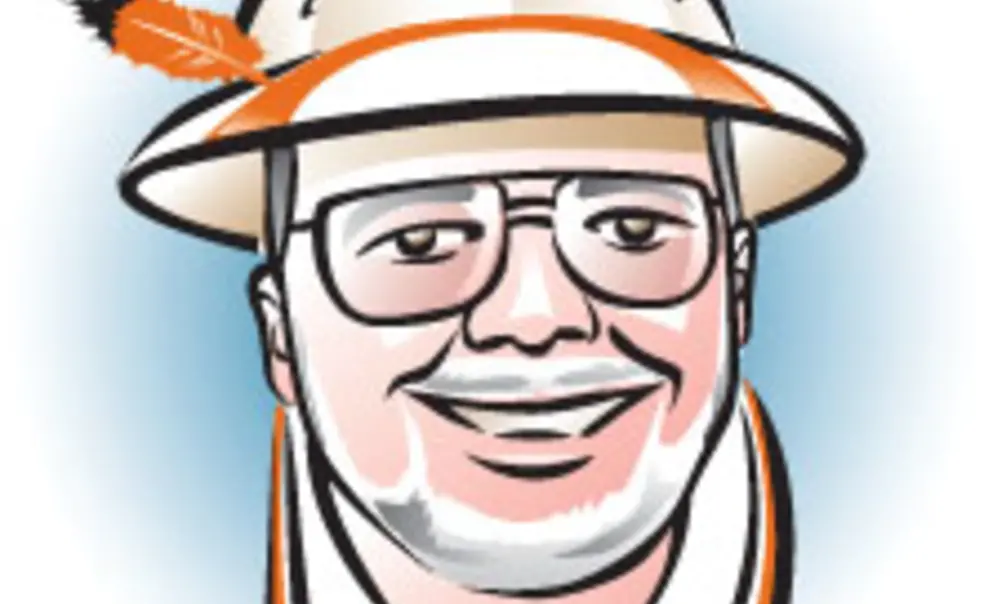
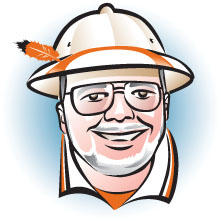
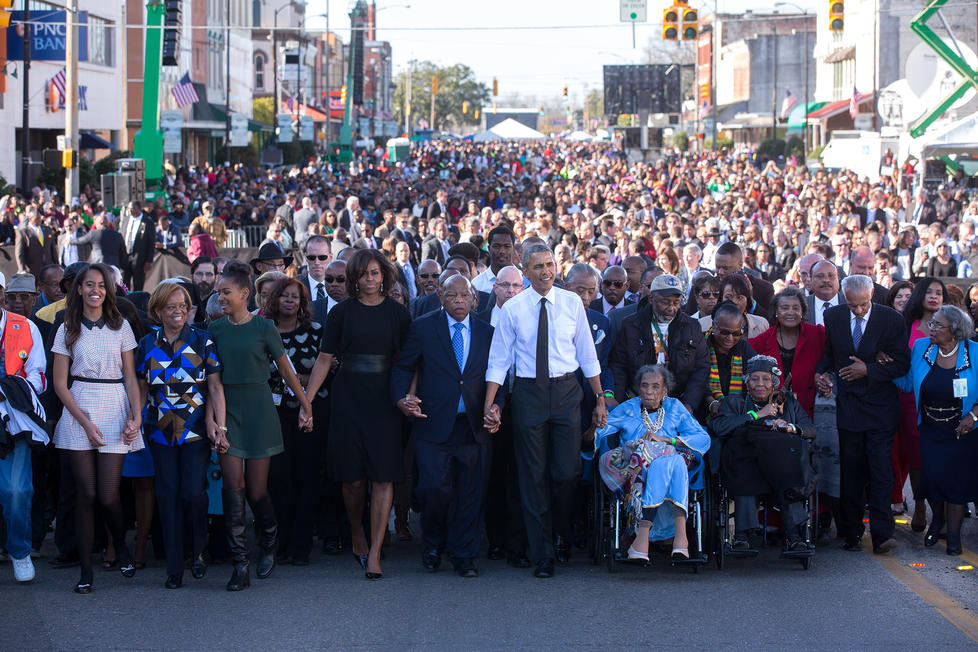
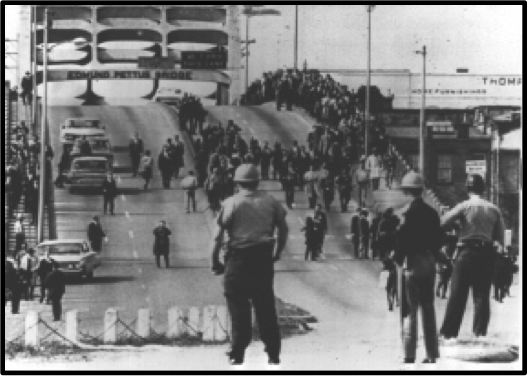
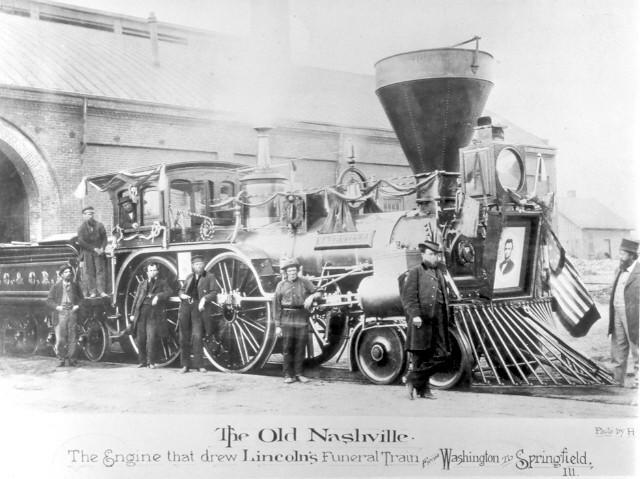









No responses yet